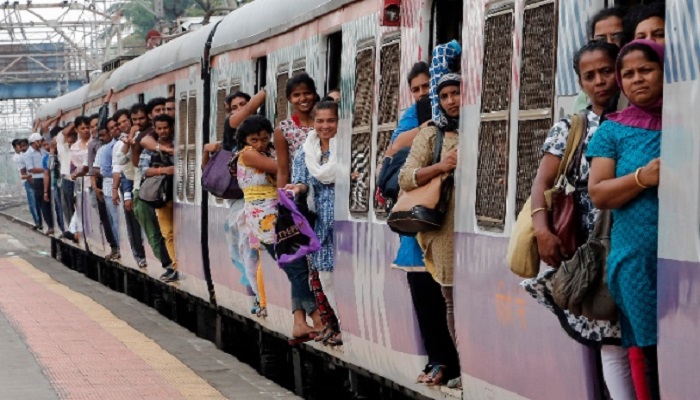
Lack of safe workplaces in India and the danger of reaching them by public transport is keeping more educated women out of the labour force, hurting the economy and leaving women vulnerable, analysts say.
Nearly two-thirds of Indian women with college degrees are without jobs, pushing female labour force participation to 27 percent in 2011-2012 – among the lowest in the world – from near 40 percent in the early-2000s, according to World Bank data.
India’s economy could achieve double-digit growth if the government drives ahead with reforms to increase women’s participation in the workforce, said a World Bank report published this week.
“More Indian women have indicated that they would like to work, but cannot find suitable jobs,” said Frederico Gil Sander, senior country economist at the World Bank.
“Suitable jobs are those that are safe, flexible, with access to benefits and dignity in the workplace … safety is an important part of the equation,” he told.
The gender gap in the workplace has widened despite rising female literacy levels on the back of initiatives such as the Right to Education Act (2009) and the Beti Padhao, Beti Bachao (educate the girl child, save the girl child) campaign.
More women are earning degrees in science and technology. But the unemployment rate for graduate Indian women is far higher than in other developing nations in Asia such as Bangladesh and Indonesia.
“This is a matter of concern as women’s paid employment is known to increase their ability to influence decision-making within the household, and empower them more broadly in society,” the World Bank report said.
One reason for the low participation is that about 90 percent of India’s workforce is in the informal sector, for which data are not available. They include farm labourers, construction workers, street vendors and domestic helpers.
At the same time, India is not creating enough jobs in the manufacturing and services sectors including the textile and retail industries, which are considered as suitable for women.
While social norms and patriarchal attitudes still hold women back, rising incomes are also why more educated women choose not to work, data shows.
The rising incidence of workplace sexual harassment is also a deterrent.
Recent cases of stalking and killing of women working in technology firms showed the risks in an industry credited with having created tens of thousands of jobs for women.
A letter from women in a spinning mill describing the sexual harassment they faced exposed the multi-billion-dollar textile industry where thousands of women work.
States with a high female workforce participation – Sikkim, Karnataka, Andhra Pradesh and Tamil Nadu – have fewer restrictions on women workers and high conviction rates for crimes against women, the Center for Strategic and International Studies said in a separate report.
There is also the commute to work: A 2014 poll by the Thomson Reuters Foundation ranked Delhi the fourth most dangerous city surveyed for a woman to take public transport.
“Safe spaces to work in, and safe access to these spaces is important for female workers – from a vegetable vendor to an IT worker,” said Subhalakshmi Nandi, a specialist at UN Women.

Post Your Comments